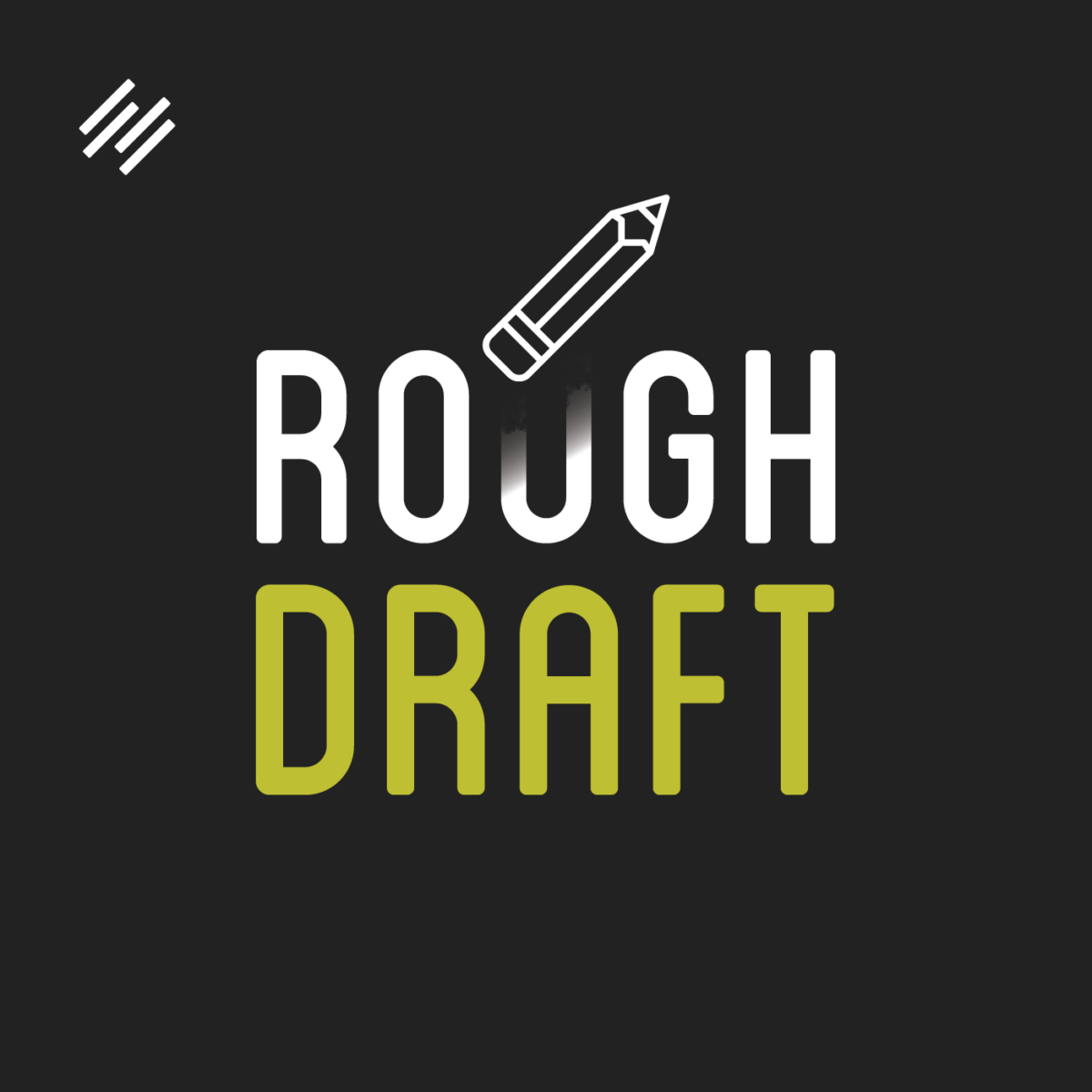081 When Do You Abandon the Editing Process?

Like gravity pulls objects to the earth, the web pulls people across the landscape of connected information — whizzing by landmarks (content) at break-neck speed.
Thus, when people arrive at your blog they should be able to size up your content in an instant. From the headline down the subheads to the call to action.
In other words, it should be clear what’s in it for them … and is it even worth their time? And it should be concise.
I’ve got a habit of writing long content. But even in that capacity I try to be concise. That being said, if I can write in 200 words what was originally 1,000 — by all means, I should make it 200 (if you have the time, I’ll explain).
This is where you make your money.
In this 7-minute episode you’ll discover:
- Do this to take charge of ridiculously long copy
- The first step in editing begins with a white board and chair (you must sit in)
- Why you don’t need that introduction
- Advice from a French Symbolist poet about when to stop editing
The Show Notes
When Do You Abandon the Editing Process?
Voiceover: This is Rainmaker.FM, the digital marketing podcast network. It’s built on the Rainmaker Platform, which empowers you to build your own digital marketing and sales platform. Start your free 14-day trial at RainmakerPlatform.com.
Demian Farnworth: Howdy, and welcome back to another episode of Rough Draft, your daily dose of essential web writing advice. I am Demian Farnworth, your host, your muse, your digital recluse, and the Chief Content Writer for Copyblogger Media.
And thank you for sharing the next few minutes of your life with me.
In my very first Copyblogger blog post I wrote that web users were “mission minded, cramped for attention, bent on standards, and uninterested in learning new navigation methods.”
In other words, give it to them, and give it to them fast. They aren’t window shopping. No. They are on a hunt. And simply obeying the unbreakable law of the web.
This has been the drum I’ve continued to beat on this show.
Like gravity pulls objects to the earth, the web pulls people across the landscape of connected information – whizzing by landmarks, which is content, at break-neck speed.
Thus, when people arrive at your blog they should be able to size up your content in an instant. From the headline down the subheads to the call to action. In other words, what’s in it for them? And is it worth their time?
It should be clear. And it should be concise.
I’ve got a habit of writing long content. But even in that capacity I try to be concise. However, if you can say in 200 words what I wrote in 1,000 – by all means, do so (if you have the time – I’ll explain below).
This is where you make your money.
Do This to Take Charge of Ridiculously Long Copy
Your first step is to do tons of research, take notes (on paper and in Evernote). Consolidate all those notes on a white board, and then let it sit for a day.
When it’s time to write your rough draft sit down in front of that white board and start writing. With the first draft the goal is to get everything down on paper. Use the notes on the whiteboard to jog your memory and make sure you are covering all of your bases.
And keep your bottom in the seat until you’re done.
Now, when it comes time to edit, you want to be ruthless. Go through the document dozens of times. Naturally you start at the top and rewrite. Work your way down.
Eliminate petty sentences, use active verbs and get to the point.
Cut your introduction and jump right into the meat of the story.
Eliminate sections that are irrelevant (often impossible unless you leave your copy for a day or two).
Use simple words, short sentences and small paragraphs.
If you get stuck on a particular part, jump to another section and edit from there.
Eventually you’ll connect all the sections with transition sentences so that you can read through the entire document without making substantial changes.
At that point you might move a paragraph here or a sentence there, but for the most part you are making small changes (like finding a better word that improves) that benefits the flow of the document or refines the originality of your content.
So here’s a really really intriguing question for you: When Do You Abandon the Editing Process?
Advice from a French Symbolist Poet About When to Stop Editing
Ambroise-Paul-Toussaint-Jules Valéry (30 October 1871 – 20 July 1945) was a French author and Symbolist poet said “A poem is never finished; it is only abandoned.”
Same is generally true for what you write. In essence, you stop editing when you run out of time. When you run out of time. Nothing magical about a deadline. It just is.
However, if you don’t have a deadline (or it’s an internal one you can break), you should abandon copy when you can read through the entire document without any major flags popping up.
Then read it a few more times. And finally, at that point, proof it for spelling and grammar mistakes. Get someone else to look at it preferably.
Finally, publish.
If you hold onto it any longer than that, then you are guilty of perfectionism. Don’t be guilty of perfectionism. Please ship.
In the meantime, do you have an editing process? What does it look like? Share your thoughts on the blog, on Twitter. I look forward to hearing from you.
Until next time, take care.
